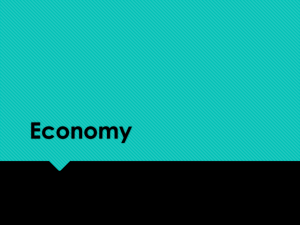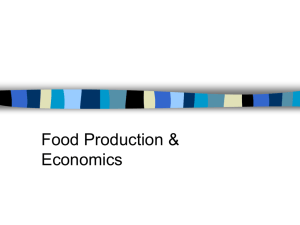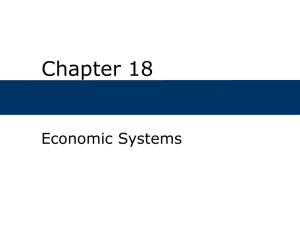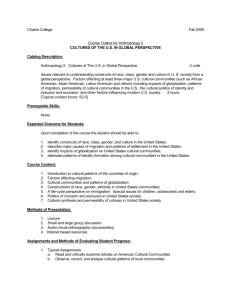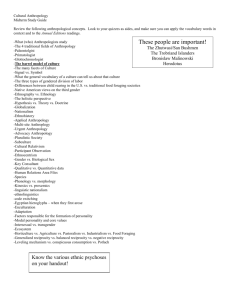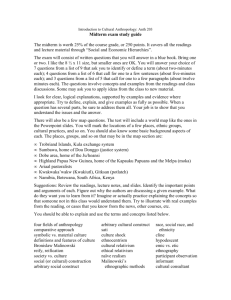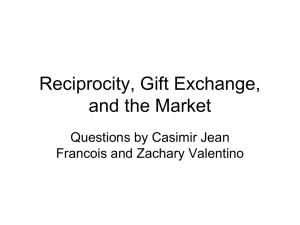Final exam study guide The final exam focuses on
advertisement
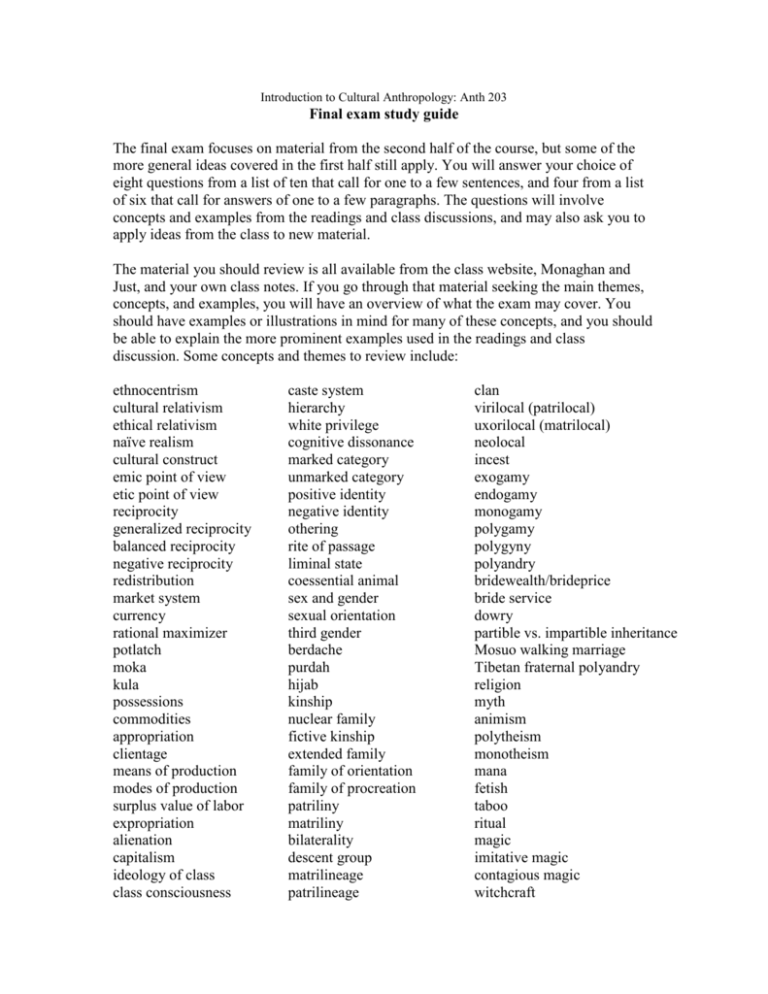
Introduction to Cultural Anthropology: Anth 203 Final exam study guide The final exam focuses on material from the second half of the course, but some of the more general ideas covered in the first half still apply. You will answer your choice of eight questions from a list of ten that call for one to a few sentences, and four from a list of six that call for answers of one to a few paragraphs. The questions will involve concepts and examples from the readings and class discussions, and may also ask you to apply ideas from the class to new material. The material you should review is all available from the class website, Monaghan and Just, and your own class notes. If you go through that material seeking the main themes, concepts, and examples, you will have an overview of what the exam may cover. You should have examples or illustrations in mind for many of these concepts, and you should be able to explain the more prominent examples used in the readings and class discussion. Some concepts and themes to review include: ethnocentrism cultural relativism ethical relativism naïve realism cultural construct emic point of view etic point of view reciprocity generalized reciprocity balanced reciprocity negative reciprocity redistribution market system currency rational maximizer potlatch moka kula possessions commodities appropriation clientage means of production modes of production surplus value of labor expropriation alienation capitalism ideology of class class consciousness caste system hierarchy white privilege cognitive dissonance marked category unmarked category positive identity negative identity othering rite of passage liminal state coessential animal sex and gender sexual orientation third gender berdache purdah hijab kinship nuclear family fictive kinship extended family family of orientation family of procreation patriliny matriliny bilaterality descent group matrilineage patrilineage clan virilocal (patrilocal) uxorilocal (matrilocal) neolocal incest exogamy endogamy monogamy polygamy polygyny polyandry bridewealth/brideprice bride service dowry partible vs. impartible inheritance Mosuo walking marriage Tibetan fraternal polyandry religion myth animism polytheism monotheism mana fetish taboo ritual magic imitative magic contagious magic witchcraft Intro to Cultural Anthro F 2007 / Owen: Final exam study guide p. 2 Koran (Qur'an) Hadith Sunna Torah Talmud millennial movement cargo cult syncretism revitalization movement interpretive drift rationalization secondary elaboration appeal to authority alternative standard of truth colonialism the modern world system globalization corporation consumer democracy applied anthropology development green revolution equity medical anthropology • Economic exchange being embedded in social relations, with examples like kula, moka, Christmas gift exchange, Mixtec or Indonesian examples from Monaghan and Just chapter 6, etc. • Marx's model of the social relations of production, capitalism, and surrounding ideas • Different kinds of hierarchies and ways hierarchies can be naturalized • Gender relations, gendered divisions of labor, and gender hierarchies of power • Construction of identity by individuals and through rites of passage • Social construction of gender roles, varieties of marriage, incest • Variations, functions, and social relations of marriage in different societies • Functions and interpretations of hijab and its changing popularity • Nature and functions of ritual • Proposed explanations concerning religion, magic, and/or witchcraft; cargo cults; revitalization movements; etc. • Nature and impacts of globalization; responses to globalization (as in the Kayapo case) • How anthropologists can contribute to development programs, and examples of what happens if they do or do not
